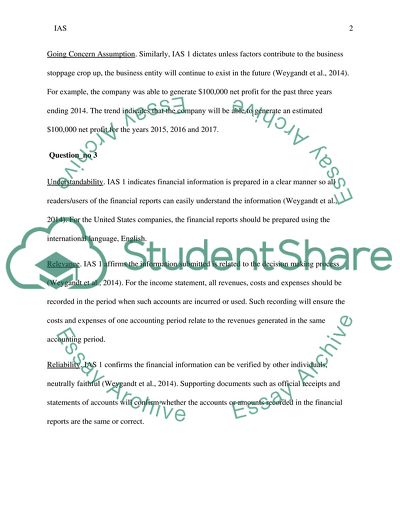Cite this document
(International Financial Reporting Standards Assignment, n.d.)
International Financial Reporting Standards Assignment. Retrieved from https://studentshare.org/finance-accounting/1879263-mock-exam-international-financial-reporting-standards
International Financial Reporting Standards Assignment. Retrieved from https://studentshare.org/finance-accounting/1879263-mock-exam-international-financial-reporting-standards
(International Financial Reporting Standards Assignment)
International Financial Reporting Standards Assignment. https://studentshare.org/finance-accounting/1879263-mock-exam-international-financial-reporting-standards.
International Financial Reporting Standards Assignment. https://studentshare.org/finance-accounting/1879263-mock-exam-international-financial-reporting-standards.
“International Financial Reporting Standards Assignment”, n.d. https://studentshare.org/finance-accounting/1879263-mock-exam-international-financial-reporting-standards.


